|
13th February 2022 It's Sunday night and we're logged into Board Game Arena for an evening of gaming. Shifting Stones is a light sort of puzzle-themed sliding tile game. Caveat: We've only ever played this game digitally. What's in a game?
There's not much to say about the components. The illustrations on the tiles are nicely detailed and distinctive. However, I found the colours somewhat muted in lower lighting and a little indistinguishable, particularly the orange/red combination. The same is true of the cards. The game has no iconography other than the tile illustrations. How's it play? Setup
On to play Shifting Stones uses a traditional turn order, the active player has their turn and when it finishes, play progress clockwise to the next. During their turn, the active player perform any number of the score/swap/flips actions in any order so long as they have the cards to perform them. Alternatively, they may skip their turn.
Endgame Play continues until any player has scored (Dependant on player count.) 7-10 cards, after which the current round is completed. Players add up the VPs of all the cards they've scored during the game. Additionally, whoever played the most 1 value cards earns a bonus 3 VPs. Points are tallied, highest score wins. Overall
As you can see from the brief write-up, Shifting Stones is a fairly straightforward and accessible game, it could make a good introduction to new players or crossover game. Despite the straightforward rules, there is actually a bit of depth to be found in Shifting Stones. The game makes use of a hand-as-currency mechanic to pay for actions and getting rid of cards that might prove useful is always a meaningful decision. Players will want to minimise this and find the most efficient way to swap/flip tiles to where they need them to be and hope to score at least 1 card per turn. At the same time, hanging on to cards too long can earn nothing and trying to plan ahead is likely to be futile, it's too risky leaving things for another round as it players will invariably change the tile positionings, players will need to be decisive and exploit the opportunities that present themselves during their turn. There's not much more else to say really, there's no noteworthy interaction between players and it's hard to gauge what others are doing, especially since whenever they refill their hand - which is every turn, they'll be presented with newer options. Other than I found the game a little bit of a frustrating experience. Watching other players inadvertently wrecking the positioning I was try to set up between turns wasn't what I'd call much fun. I also found having to remember what was on the flip side of the tiles something of a chore, having to refer to the reference card wasn't much better. If perhaps. there was more engaging core gameplay, maybe I'd would make the effort to remember what's on the other side of the tiles. But there wasn't, so I didn't. Shifting Stones is straightforward and clearly skews towards the lighter end of the complexity scale, it would possibly make a good filler game. I'm not sure there's enough here to appeal to me though and coupled with the frustrating experience means that this is not one for me.
0 Comments
21st December 2021 It's a Tuesday, it's nearly Christmas and we're round Simon's for some gaming goodness. Jurassic Park: Danger! is a board game themed after the very first Jurassic Park film from 1993. Is it a good game? 'Your game designers were so preoccupied with whether or not they could, they didn't stop to think if they should...' What's in a game?
This neatly brings me to the game's art-style, which is a bit of a mixed bag. There's some appealing and colourful art on the tiles but the cards are sort of plain. The game also makes use of photo art of the actors who appeared in the film and it doesn't quite sit right with me. It's understandable why it's been done, I'm sure the licensing for this came with a not inconsiderable fee and being able to plaster the faces of well known Hollywood personalities may attract extra customers, additionally; use of the film's marketing photos saves on having to commission art work. Maybe that's it, maybe the use of photos gives the game a cheap feel. Furthermore, the game's actual art clashes with it's use of photos and it feels a little jarring. Much of the game's iconography is intuitive but the 10 different character decks are all personalised to some degree and each will contain something unique which will probably require referencing the rulebook, none of it is a deal breaker though. How's it play? Setup
On to play Jurassic Park: Danger! plays asymmetrically but has some similarities between players.
Endgame Play continues until 1 set of victory conditions is met. Character players: For the character players, they have to:
Dinosaur player: The objectives for this player are much simpler:
Overall
Jurassic Park: Danger! is a cat-and-mouse game all about asymmetrical play. Not only do the dinosaur and character players have different rules, the characters will have differences between them. Each character may have different numbers they need to roll for climbing or sneaking, giving them strengths and weaknesses, additionally, they'll have a card or two which are unique to them. The game does feature some sharp cat-and-mouse gameplay. Due to the limited size of the playing area, a dinosaur will generally never be more than a hex or two away from a character player and this keeps the game feeling quite taut. Players will always have to make meaningful decisions and to make what they hope is optimal choices. Characters need to coordinate to complete their objectives, sometimes putting themselves at risk to protect others, particularly if that other character is close to something important and they can't afford to procrastinate either, as their decks inevitably dwindle. The dinosaur player will face tension too. They of course need to prevent the other players from completing objectives. Unlike the character players, their cards cannot run out, so they can be patient. However, since the dinosaur player only ever has 3 cards in hand and limited actions per dinosaur, they're never fully in charge of what they can do, a hand of 3 cards will limit the dinosaur choices and to a degree randomise their actions, the dinosaur player may not get the moves they need when they need them. While there are only 3 actions for a dinosaur to use, the way in which they become available is unpredictable - to both sides of the game. I think the most interesting mechanic in Jurassic Park: Danger! is the character elimination rule. It's adds the potential for some real tactical moves by the character players, e.g., they could choose to sacrifice someone to distract a dinosaur at the right time, brutal, but maybe effective? This brings me to my criticism of that mechanic: It feels like the game treats characters as just resources to be managed and not people trying to escape. It seemed quite hard to complete objectives, personal goals and get 3 characters out to the helicopter without losing other characters on the way. I know this is just how the game is balanced and not really an issue, especially since it has no effect on winning, but it did detract from the feeling that you're trying to survive. It felt a little unsatisfying. Speaking of balance, this brings me to another criticism, which is my dislike of one-vs-many games. The balancing between one player and several others never seems quite right and I don't see Jurassic Park: Danger! being any different. Multiple brains will always out strategize a single brain. I have to wonder who this game is aimed at? I think many dedicated gamers, myself included are leery of licensed games and as a dedicated gamer, I personally found Jurassic Park a little underwhelming and uncompelling; a little too light for my tastes. It's something I have any inkling to play again. More casual gamers will probably be unfamiliar with some of the mechanics here such as card management, the game isn't particularly complex but neither is it particularly accessible. So I guess we're left with Jurassic Park fans who're gamers! |
AuthorI play, I paint. Archives
March 2024
Categories
All
|

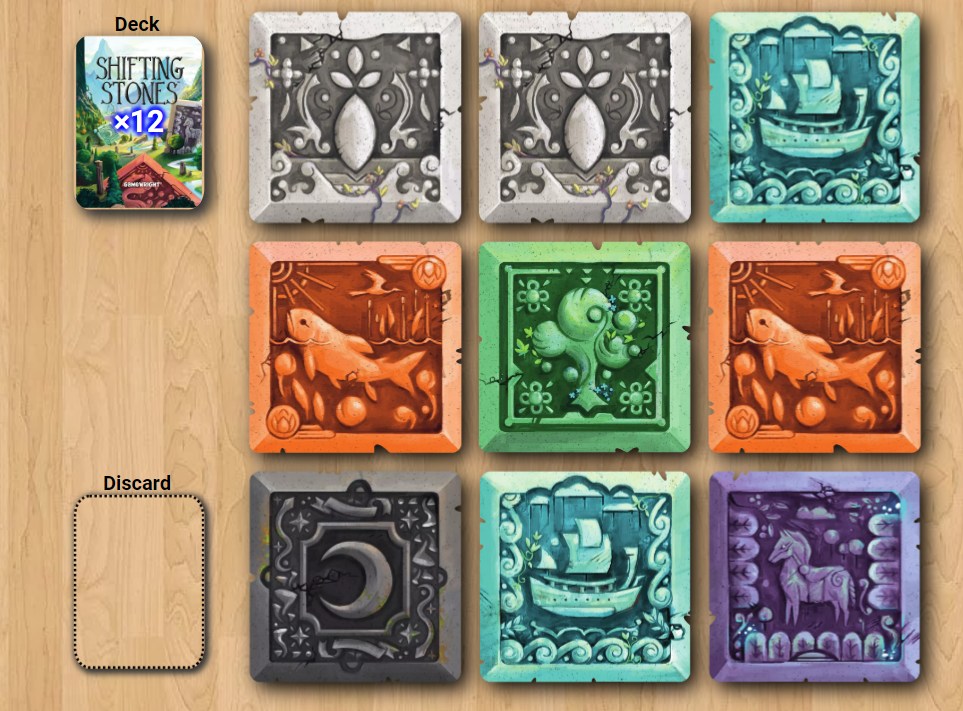
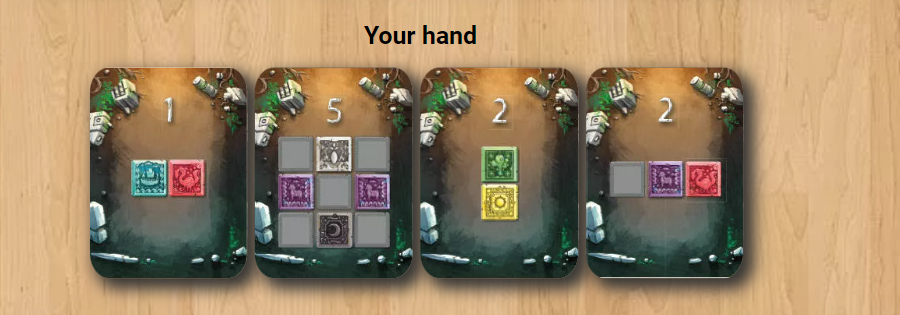
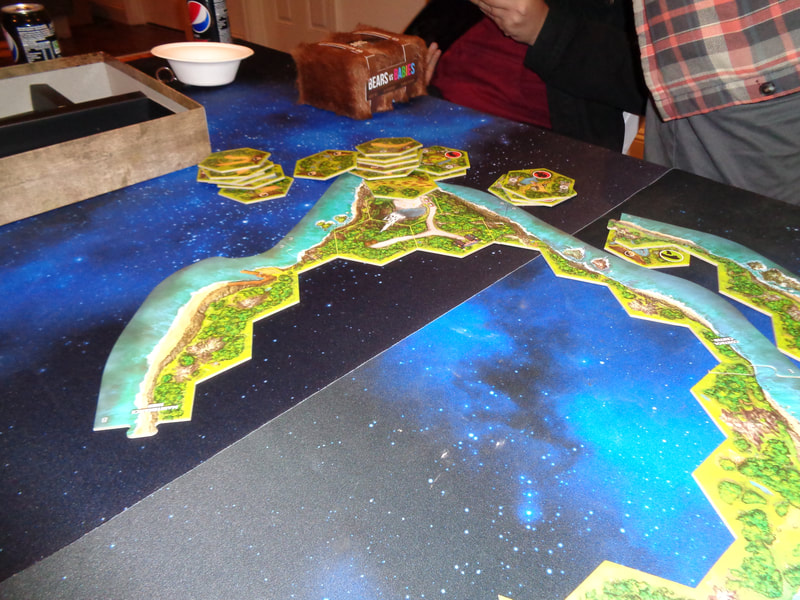
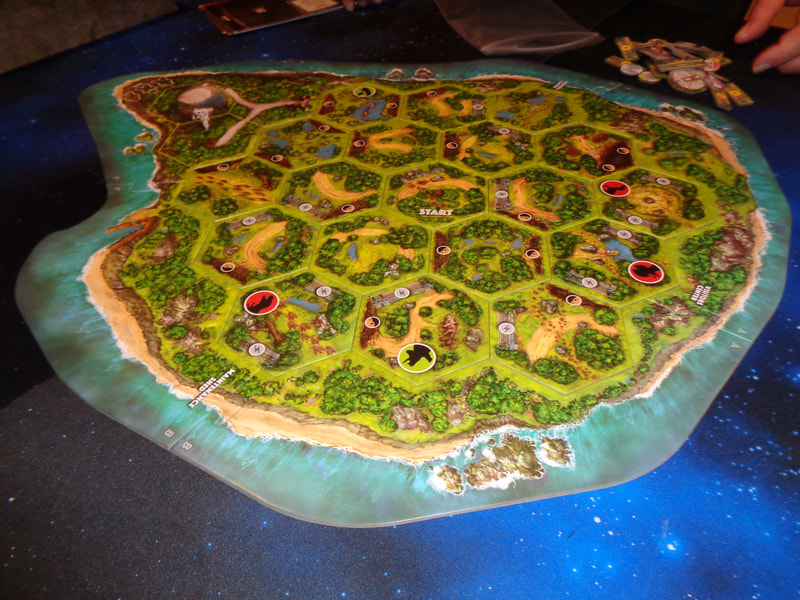
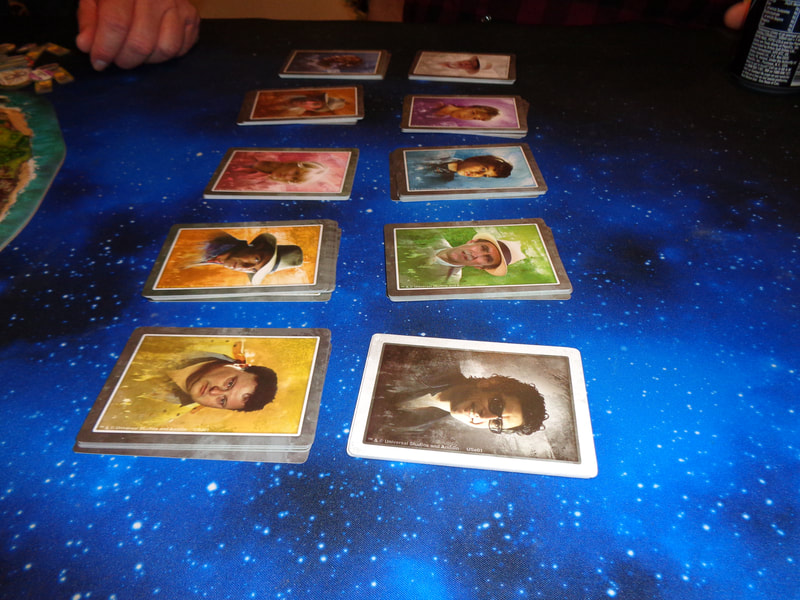
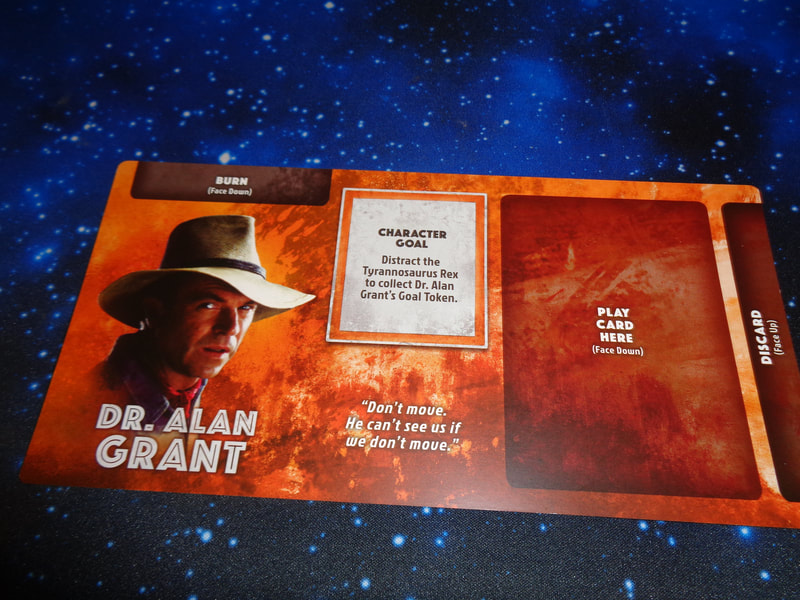
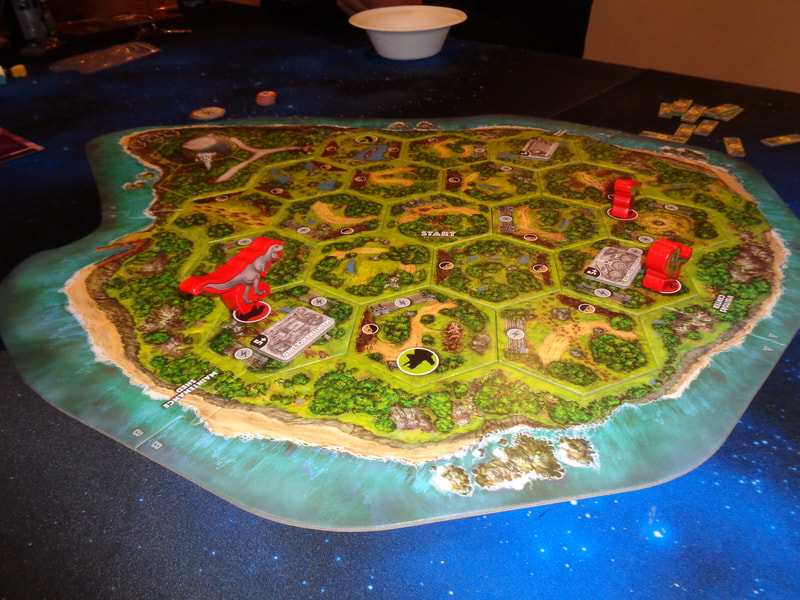
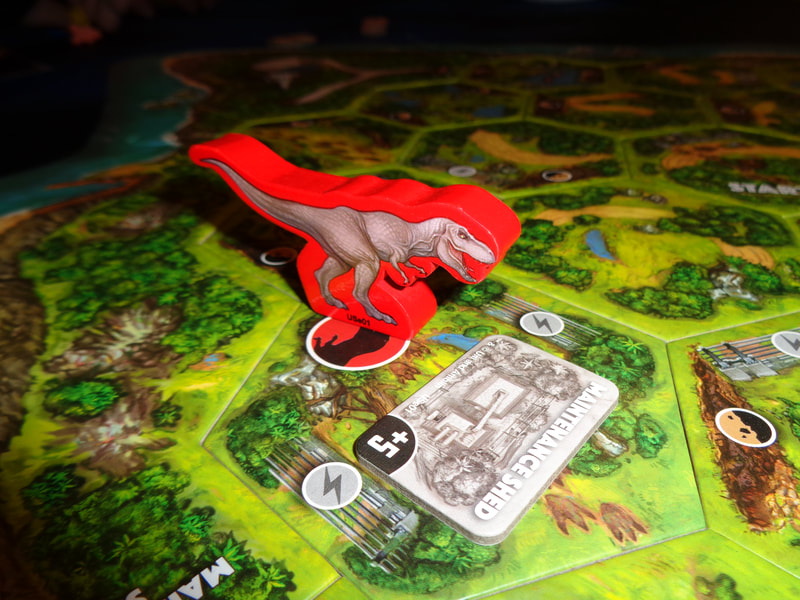
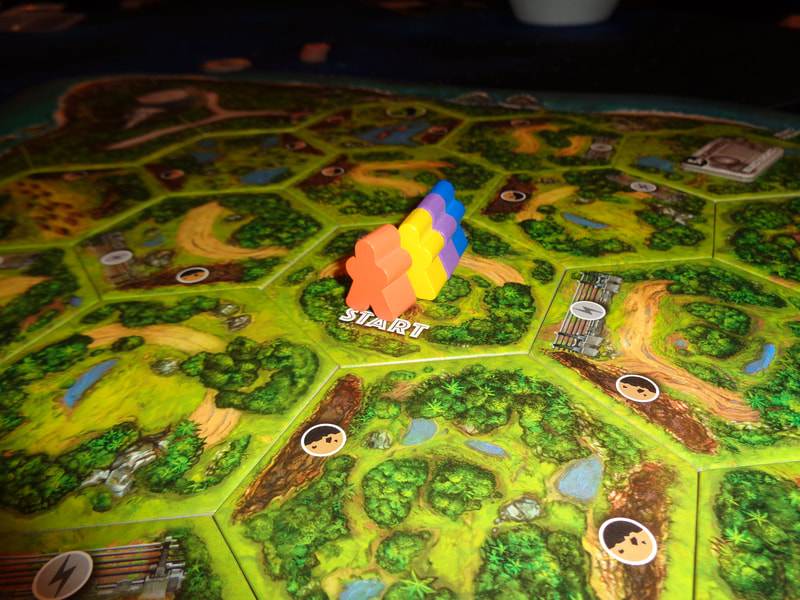
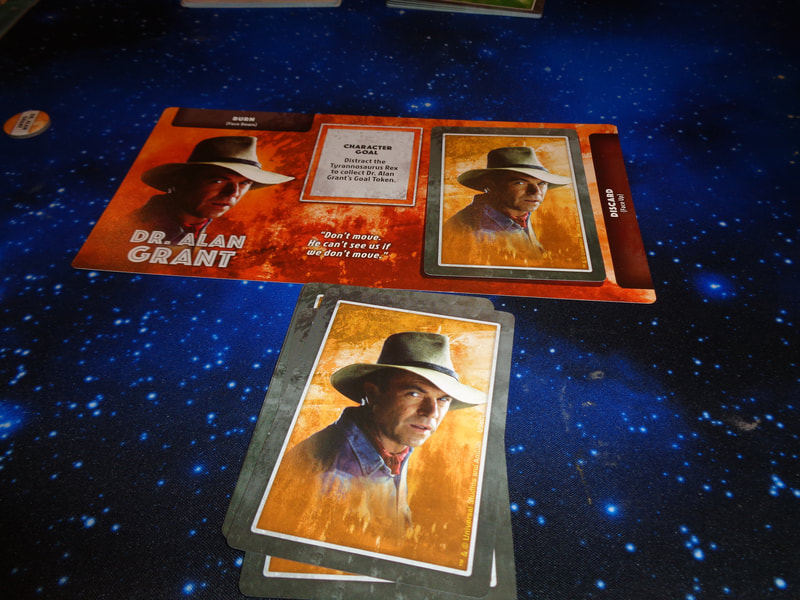
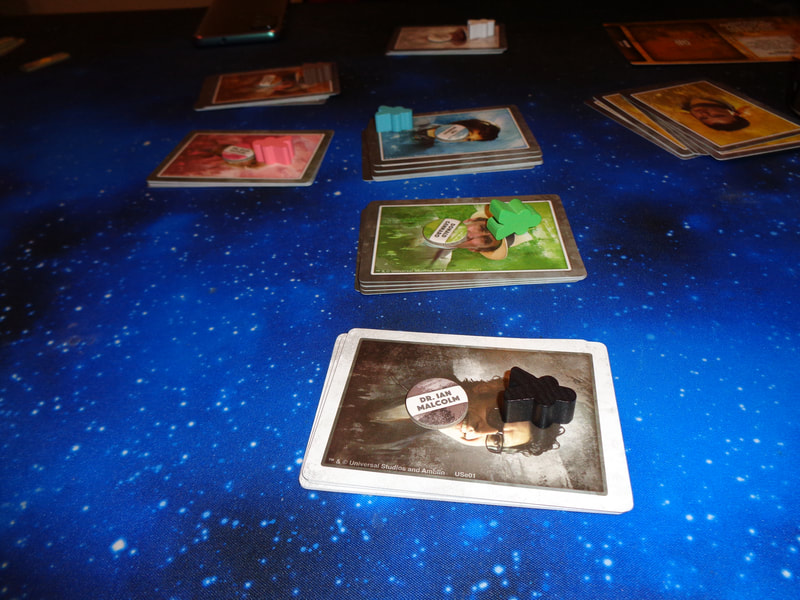
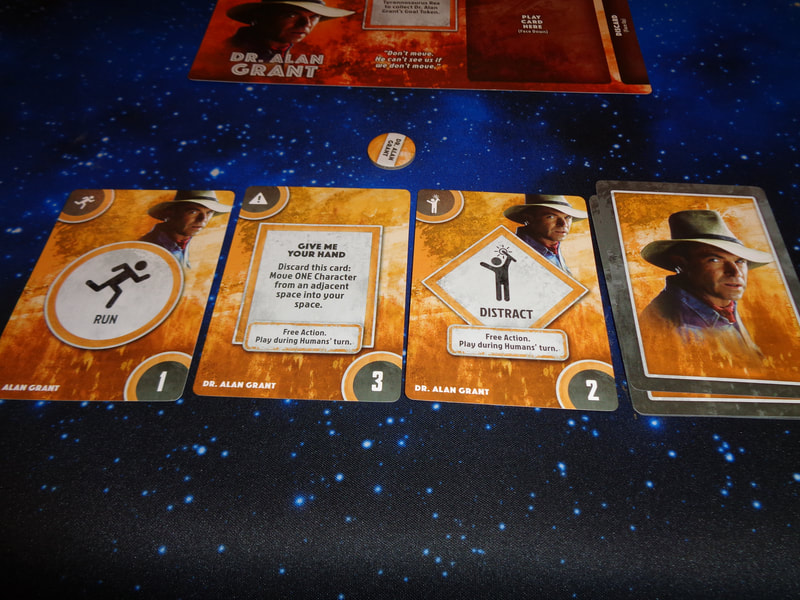
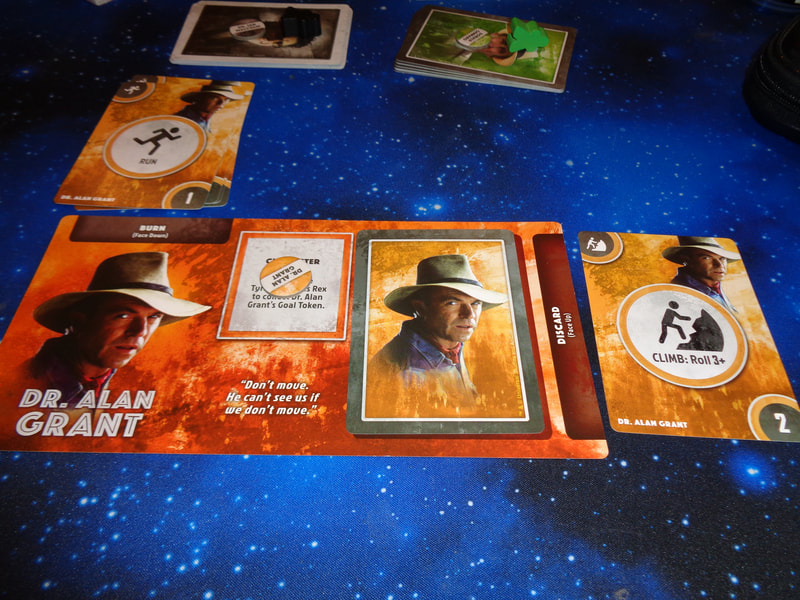
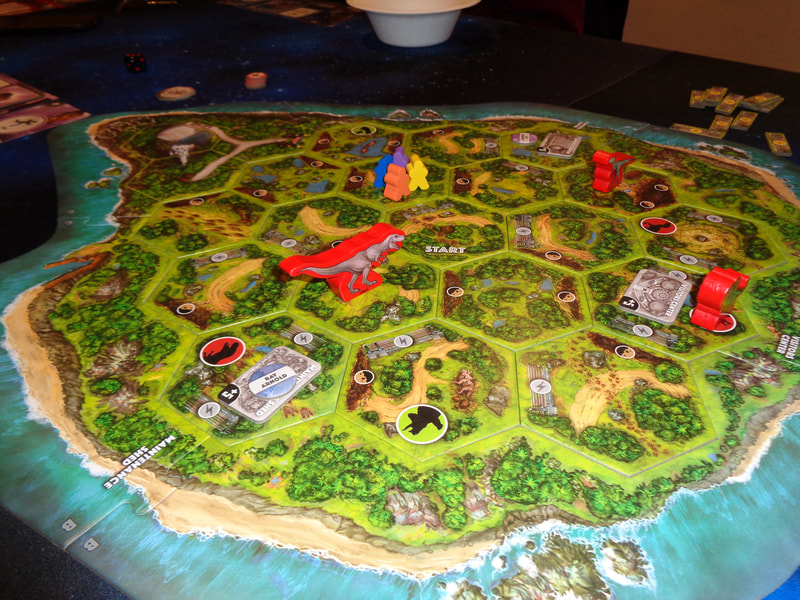
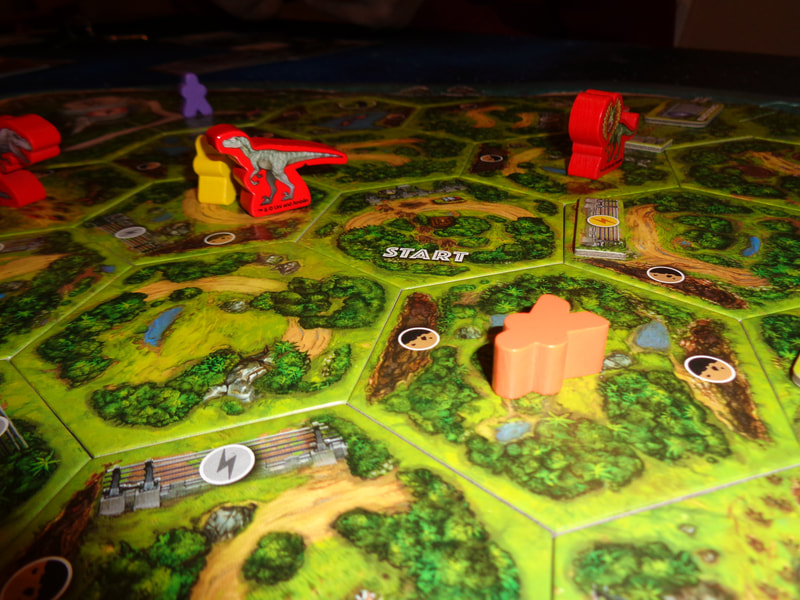
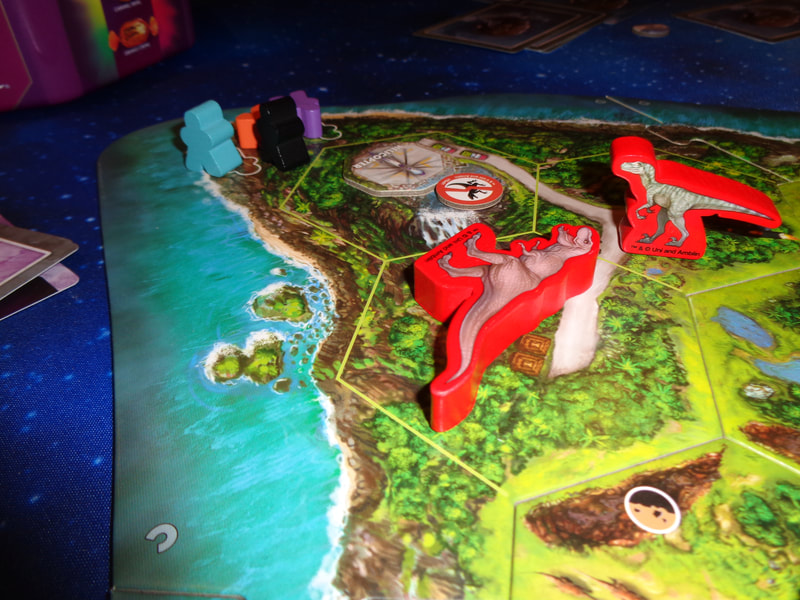
 RSS Feed
RSS Feed
